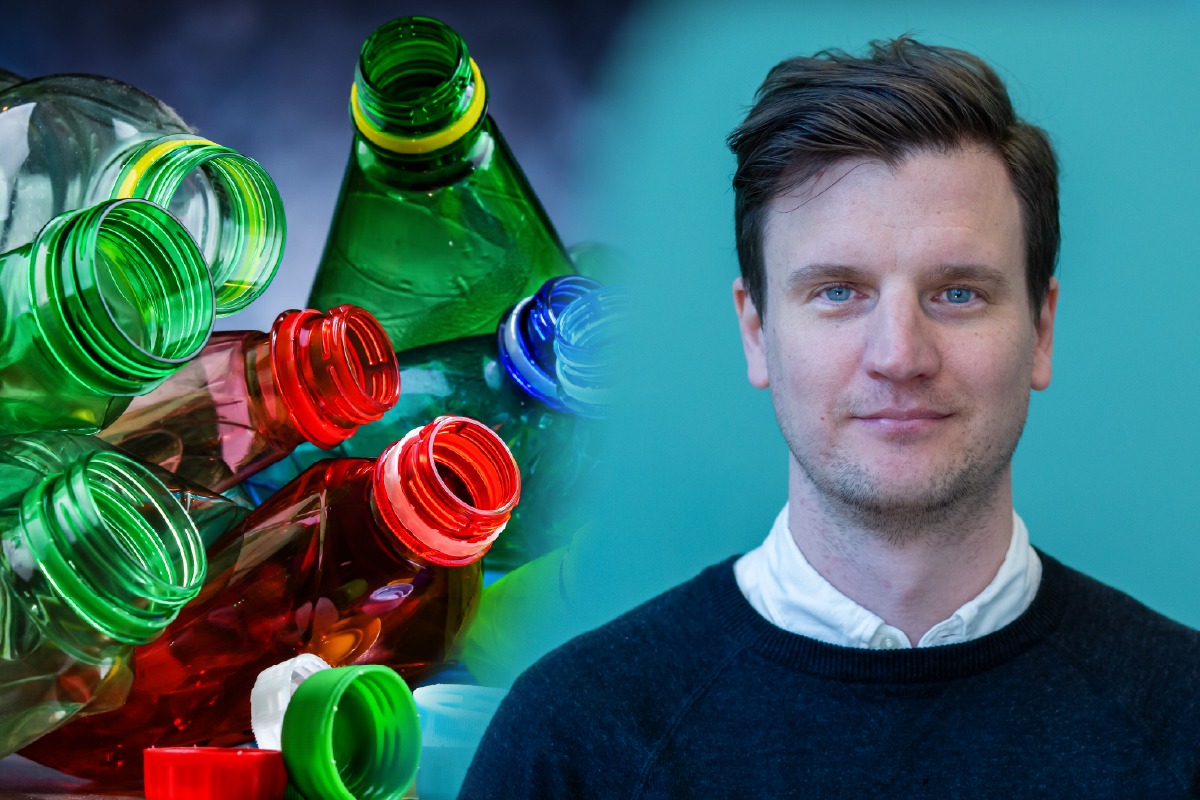Unexpected substrate specificity for drug clearance enzyme
Researchers from SciLifeLab and Uppsala University have discovered a previously unknown enzymatic activity against important human endogenous substrates and common drugs while studying the robust metabolic detoxification process responsible for the clearance of toxic compounds and drugs.
The study, focusing on the investigation of one of the major metabolizing enzymes, N-arylamine acetyltransferase 2 (NAT2), was published in Angewandte Chemie International Edition.
The human body has a large repertoire of enzymes that convert molecules that are not part of our metabolism such as drugs and food-derived substances. These enzymes have evolved to modify specific molecule classes and have been intensely studied because of their effects on the clearance of drugs. The present study made the surprising discovery that the NAT2 enzyme also acetylates important metabolites of the human metabolism.
“Among the most significantly upregulated metabolites, we identified the polyamine spermidine, which has been identified as a key metabolite in aging and longevity.” says Daniel Globisch (SciLifeLab/UU), who co-led the study.
The NAT2 enzyme is known to acetylate arylamine-containing substrates, but spermidine only contains aliphatic amines. Additional polyamine containing substrates were identified, which suggest an unknown regulatory function of NAT2. The regioselective acetylation of spermidine by NAT2 answers a long-standing question in polyamine metabolism as the enzymatic source of diacetylspermidine formation was unknown.
Additionally, several commonly used drugs containing aliphatic amines with several 100 millions of annual prescriptions were also shown to be converted by NAT2. About 10 percent of the prescribed drugs have an aliphatic amine and are potential substrates of NAT2. The results demonstrate that acetylation by NAT2 may play a greater role in the metabolism, efficacy, and clearance of common drugs than previously thought.
“Our findings have great potential to help tailoring the dosage of drugs to individual patient needs to achieve personalized medicine.” says Tobias Sjöblom (SciLifeLab/UU), who co-led the study.





